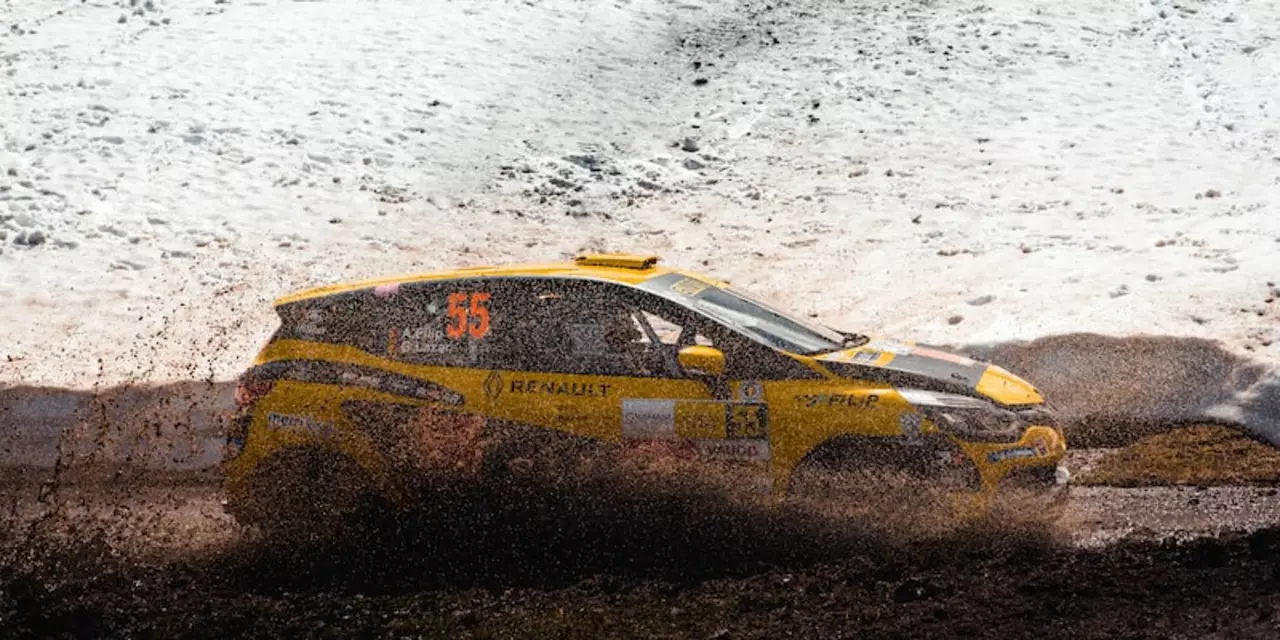Sound: The Heartbeat of Rally Racing
When you hear a rally car burst past, the noise isn’t just noise – it’s a clue. The growl of the engine, the slap of the hand‑brake, the co‑driver’s call – all of these sounds help drivers stay fast and safe. If you’re new to rally or already racing, tuning your ears can make a big difference on the UK stages.
Why Engine Noise Matters
The engine’s tone tells you how the car is coping. A high‑pitched scream usually means the revs are near the limit, while a deeper throb shows the engine is in a comfortable range. Drivers learn to listen for that sweet spot and shift at the right moment. In a sequential gearbox, you can only move one gear at a time, so you hear a quick “click‑click” as each gear engages. That sound confirms the shift landed cleanly; a clunk means something’s off.
Surface changes also shout through the exhaust. Gravel mutes the roar a bit, while asphalt lets the high notes ring louder. By comparing the sound, a driver can instantly tell if they’ve moved from tarmac to loose stones without looking ahead. That instant feedback saves time and avoids mistakes.
Listening to the Road: Co‑driver and Car Sounds
The co‑driver’s pacenotes are spoken words, but the way they’re delivered is a sound cue. A fast, steady voice means a quick section; a slower cadence warns of a tight hairpin. Drivers often sync their breathing with the co‑driver’s rhythm, turning the spoken notes into a natural metronome.
Beyond voices, the car itself speaks. The squeal of tires on a corner tells you if you’re on the edge of grip. A sudden pop could mean a broken hose or a tire losing pressure. Hand‑brake pull makes a distinct “thwack” that helps the driver rotate the rear end for a tight turn. Learning to separate these sounds lets you react before the car even slides.
Safety also leans on sound. If a brake starts to fade, you’ll hear a high‑pitched whine near the front wheels. Catching that early lets you back off before you lose control. Likewise, a knocking from the suspension signals a loose component that needs a quick check at the service area.
For fans watching the rallies, the audio experience is part of the thrill. A well‑recorded engine roar draws you into the action and makes you feel the speed even from the stands. That’s why many rally events stream live sound alongside video – the noise completes the picture.
In practice, start paying attention on your next stage walk‑through. Close your eyes for a few seconds, let the engine and road speak. Notice how the sound changes when the car climbs a hill, brakes for a jump, or powers out of a bend. The more you listen, the more instinctive the cues become.
Bottom line: sound isn’t a side effect of rally racing; it’s a core tool. Whether you’re a driver, a co‑driver, a mechanic, or a fan, sharpening your ear will give you better control, quicker reactions, and a richer rally experience on the UK endurance circuits.
Why do rally cars mostly sound the same?
Rally cars have an iconic sound that has become synonymous with the sport, but why do they all sound so similar? It turns out that rally cars must adhere to strict regulations imposed by the FIA (Federation Internationale de l'Automobile) in order to be eligible to compete in sanctioned events. These rules require that all cars have similar engine displacement, exhaust systems, and fuel injection systems, which limits the potential sound of the vehicles. Additionally, rally cars are limited to a particular octave range, which further homogenizes the sound of each car. This makes it easier for spectators to identify when a car is approaching, and also helps to maintain a consistent level of excitement throughout the race.
Read More

